Though mankind has managed to navigate itself across
the globe and into outer space, it has done so in defiance of our innate
way-finding capacities (not to mention survival instincts), which are still
those of forest-dwelling homebodies. Other species use far more sophisticated
cognitive methods to orient themselves. Dung beetles follow the Milky Way; the
Cataglyphis desert ant dead-reckons by counting its paces; monarch butterflies,
on their thousand-mile, multigenerational flight from Mexico to the Rocky
Mountains, calculate due north using the position of the sun, which requires
accounting for the time of day, the day of the year and latitude; honeybees,
newts, spiny lobsters, sea turtles and many others read magnetic fields. Last
year, the fact of a ‘‘magnetic sense’’ was confirmed when Russian scientists
put reed warblers in a cage that simulated different magnetic locations and
found that the warblers always tried to fly ‘‘home’’ relative to whatever the
programmed coordinates were. Precisely how the warblers detected these
coordinates remains unclear. As does, for another example, the uncanny capacity
of godwits to hatch from their eggs in Alaska and, alone, without ever
stopping, take off for French Polynesia. Clearly they and other long-distance
migrants inherit a mental map and the ability to constantly recalibrate it.
What it looks like in their mind’s eye, however, and how it is maintained day
and night, across thousands of miles, is still a mystery.
Efforts to scientifically deduce the neurological underpinnings of navigational abilities in humans and other species arguably began in 1948. An American psychologist named Edward Tolman made the heretical assertion that rats, until then regarded as mere slaves to behavioral reinforcement or punishment, create ‘‘cognitive maps’’ of their habitat. Tolman let rats accustom themselves to a maze with food at the end; then, leaving the food in the same spot, he rearranged the walls to introduce shortcuts — which the rodents took to reach the reward. This suggested that their sampling of various routes had given them a picture of the maze as a whole. Tolman hypothesized that humans have cognitive maps, too, and that they are not just spatial but social. ‘‘Broad cognitive maps,’’ he posited, lead to empathy, while narrow ones lead to ‘‘dangerous hates of outsiders,’’ ranging from ‘‘discrimination against minorities to world conflagrations.’’ Indeed, anthropologists today, especially those working in the Western Pacific, are increasingly aware of the potential ways in which people’s physical environment — and how they habitually move through it — may shape their social relationships and how those ties may in turn influence their orienteering.
Efforts to scientifically deduce the neurological underpinnings of navigational abilities in humans and other species arguably began in 1948. An American psychologist named Edward Tolman made the heretical assertion that rats, until then regarded as mere slaves to behavioral reinforcement or punishment, create ‘‘cognitive maps’’ of their habitat. Tolman let rats accustom themselves to a maze with food at the end; then, leaving the food in the same spot, he rearranged the walls to introduce shortcuts — which the rodents took to reach the reward. This suggested that their sampling of various routes had given them a picture of the maze as a whole. Tolman hypothesized that humans have cognitive maps, too, and that they are not just spatial but social. ‘‘Broad cognitive maps,’’ he posited, lead to empathy, while narrow ones lead to ‘‘dangerous hates of outsiders,’’ ranging from ‘‘discrimination against minorities to world conflagrations.’’ Indeed, anthropologists today, especially those working in the Western Pacific, are increasingly aware of the potential ways in which people’s physical environment — and how they habitually move through it — may shape their social relationships and how those ties may in turn influence their orienteering.
The cognitive map is now understood to have its own physical location, as a collection of electrochemical firings in the brain. In 1971, John O’Keefe, a neuroscientist at University College London, and a colleague reported that it had been pinpointed in the limbic system, an evolutionarily primitive region largely responsible for our emotional lives — specifically, within the hippocampus, an area where memories form. When O’Keefe implanted electrodes in rats’ hippocampuses and measured their neural activity as they traveled through a maze, he detected ‘‘place cells’’ firing to mark their positions. In 1984, James B. Ranck Jr., a physiologist at the State University of New York, identified cells in an adjacent part of the brain that became active depending on the direction a rat’s head was pointing — here was a kind of compass. And in 2005, building on these discoveries, Edvard and May-Britt Moser, neuroscientists at the Kavli Institute for Systems Neuroscience in Norway, found that our brains overlay our surroundings with a pattern of triangles. Any time we reach an apex of one, a ‘‘grid cell’’ in an area of the brain in constant dialogue with the hippocampus delineates our position relative to the rest of the matrix. In 2014, O’Keefe and the Mosers shared a Nobel Prize for their discoveries of this ‘‘inner GPS’’ that constantly and subconsciously computes location.
The discovery that human orientation takes place in memory’s seat — researchers have long known that damage to the hippocampus can cause amnesia — has raised the tantalizing prospect of a link between the two. In the late 1990s, Eleanor Maguire, a neuroscientist at University College London, began studying London taxi drivers, who must memorize the city’s complex layout to obtain a license. Eventually, she showed that when cabbies frequently access and revise their cognitive map, parts of their hippocampuses become larger; when they retire, those parts shrink. By contrast, following a sequence of directional instructions, as we do when using GPS, does not activate the hippocampus at all, according to work done by Veronique Bohbot, a cognitive neuroscientist at McGill University.
Bohbot and others are now trying to determine what effect, if any, the repeated bypassing of this region of the brain might be having on us. The hippocampus is one of the first areas disrupted by Alzheimer’s disease, an early symptom of which is disorientation; shrinkage in the hippocampus and neighboring regions appears to increase the risk of depression, schizophrenia and post-traumatic stress disorder. On the other hand, the taxi drivers who exercised their hippocampuses so much that parts of them changed size were worse at other memory tasks — and their performance on those improved after they retired. Few of us spend all day every day navigating, however, as cabbies do, and Maguire doubts that our GPS use is extreme enough to transform our gray matter.
What seems clear is that our ability to navigate is inextricably tied not just to our ability to remember the past but also to learning, decision-making, imagining and planning for the future. And though our sense of direction often feels innate, it may develop — and perhaps be modified — in a region of the brain called the retrosplenial cortex, next to the hippocampus, which becomes active when we investigate and judge the permanence of landmarks. In 2012, Maguire and co-authors published their finding that an accurate understanding of whether a landmark is likely to stay put separates good navigators from poor ones, who are as apt to take cues from an idling delivery truck as a church steeple. The retrosplenial cortex passes our decisions about the stability of objects to the hippocampus, where their influence on way-finding intersects with other basic cognitive skills that, like memory, are as crucial to identity as to survival.

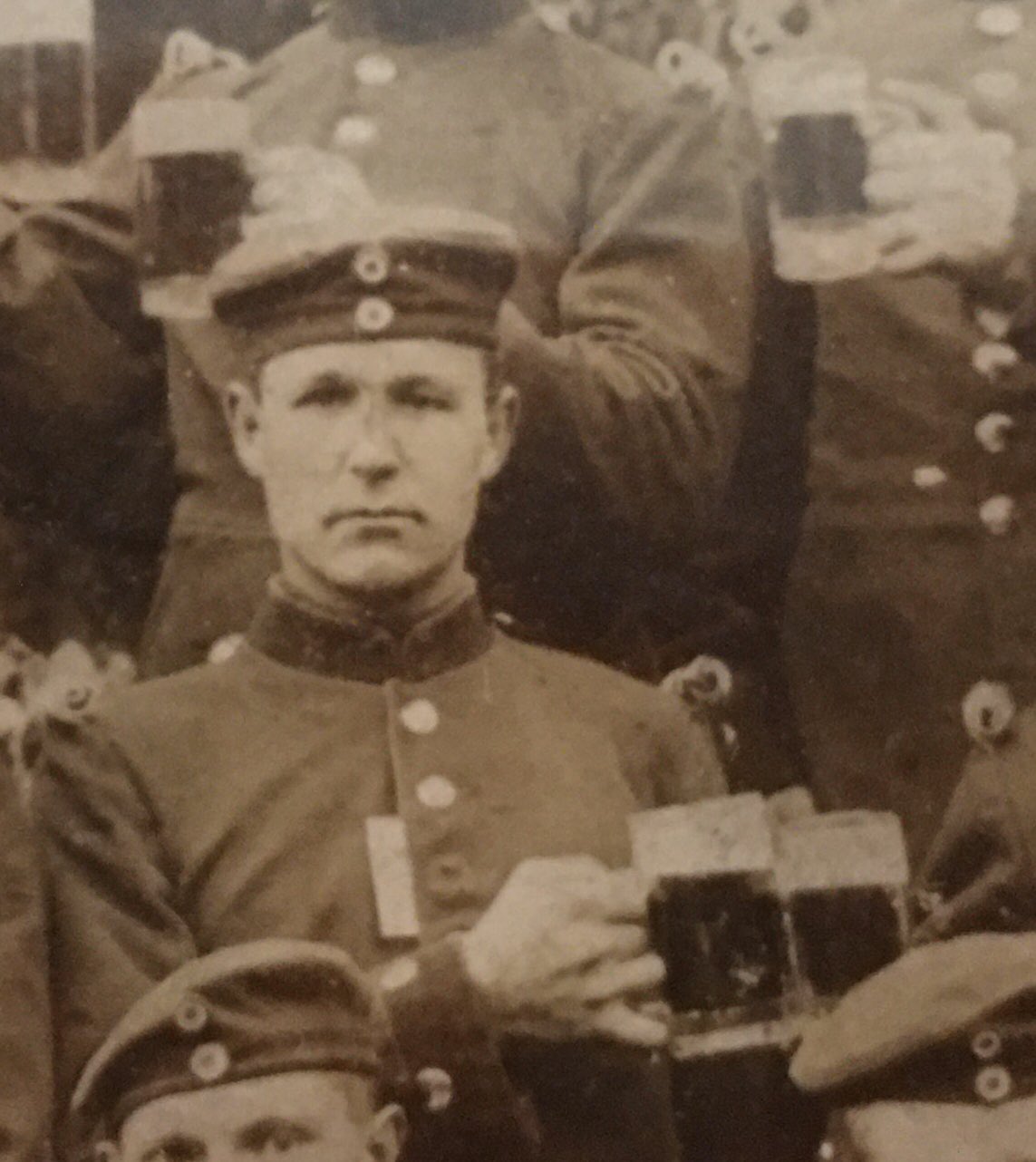







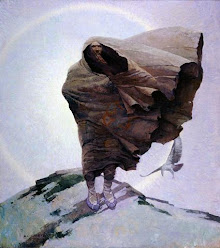













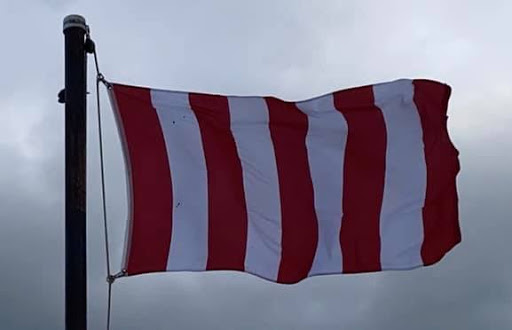
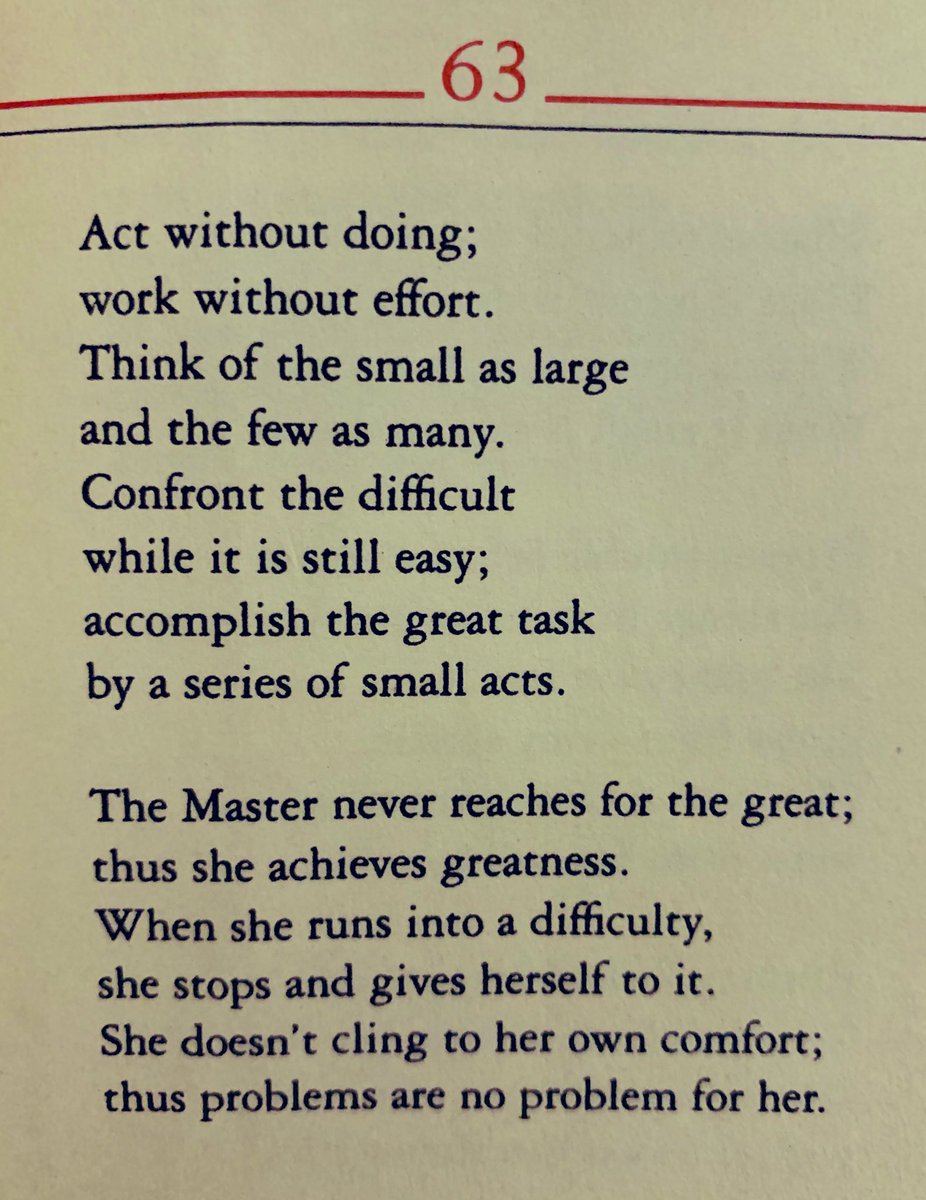









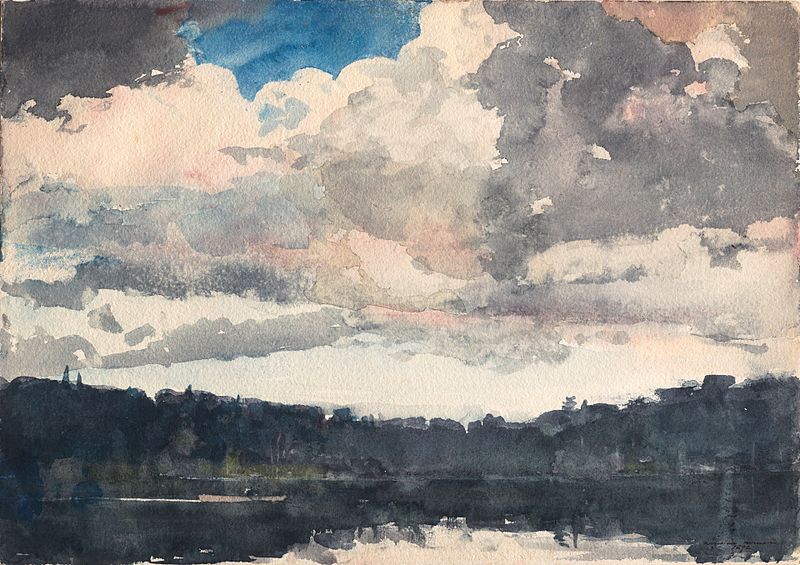


















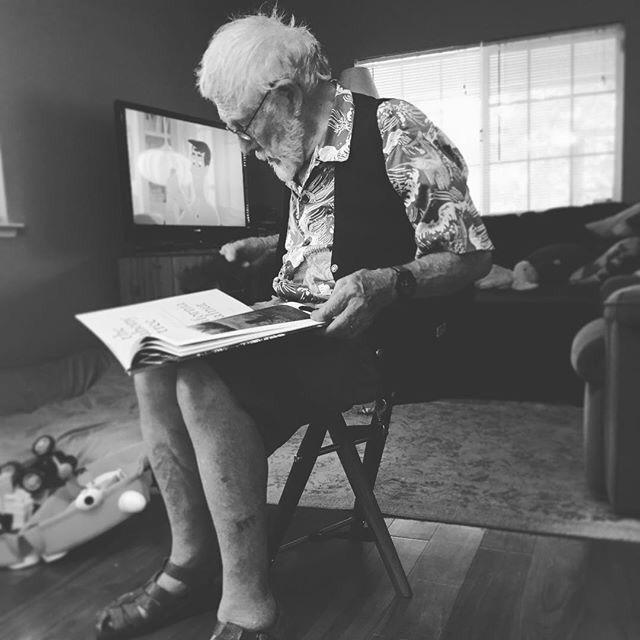

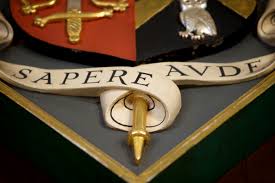






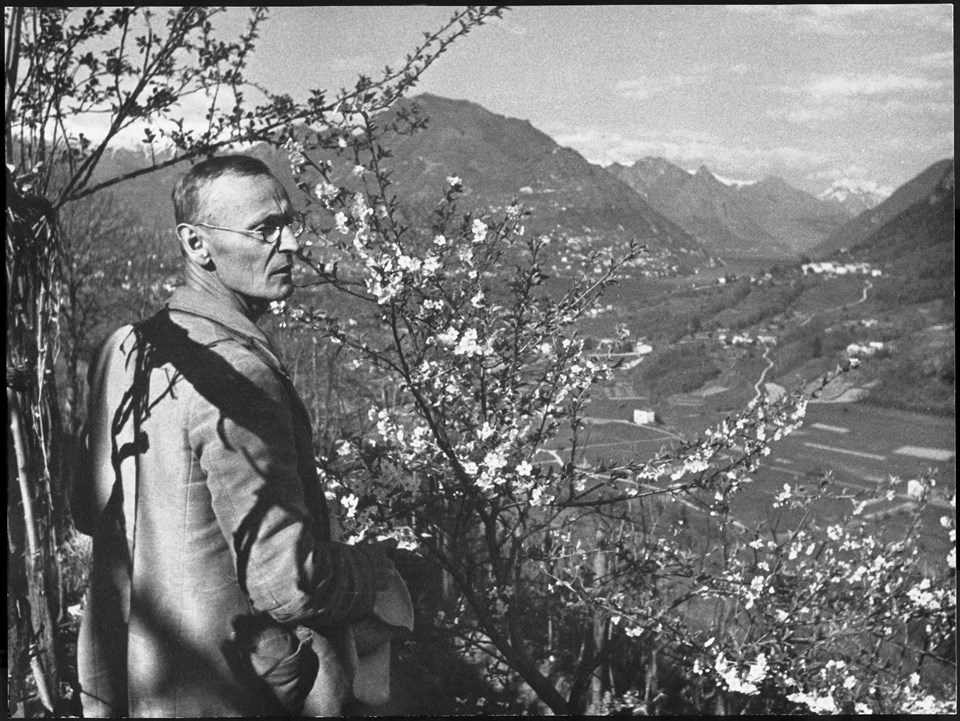


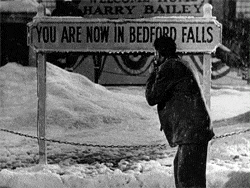







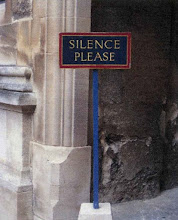









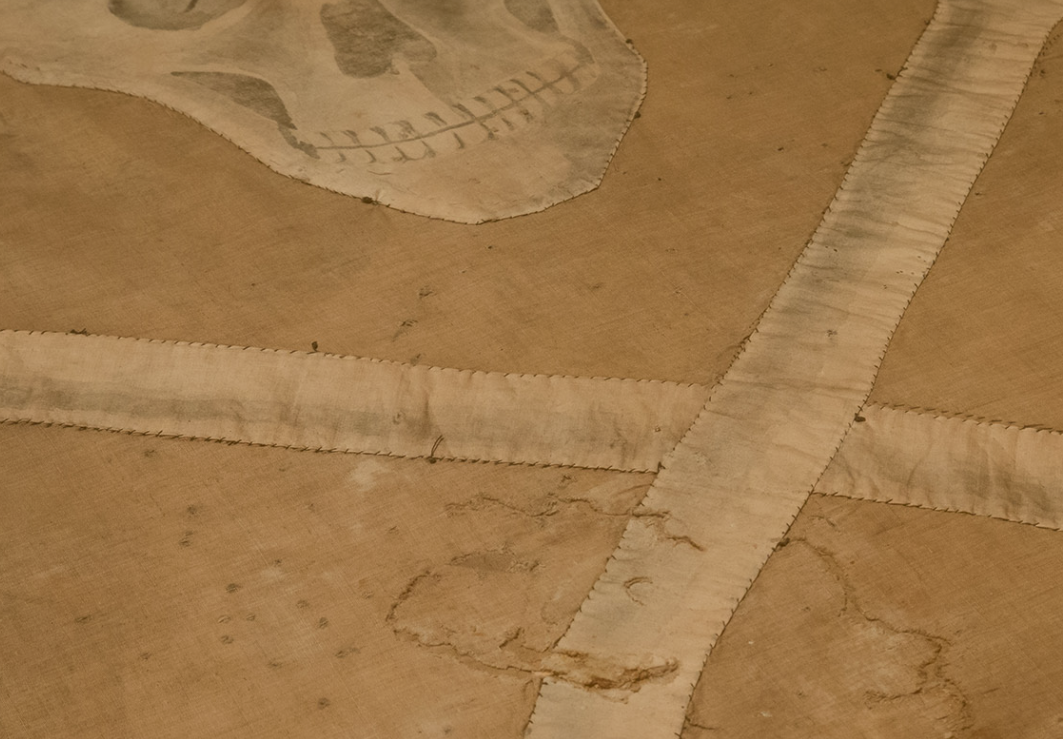


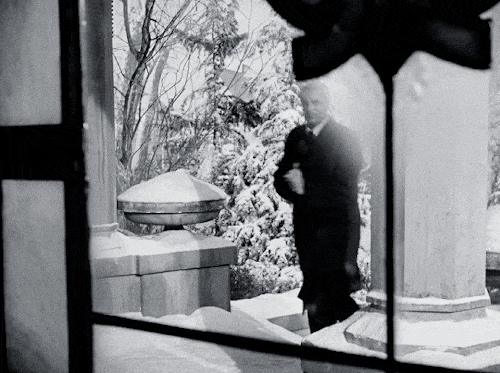


















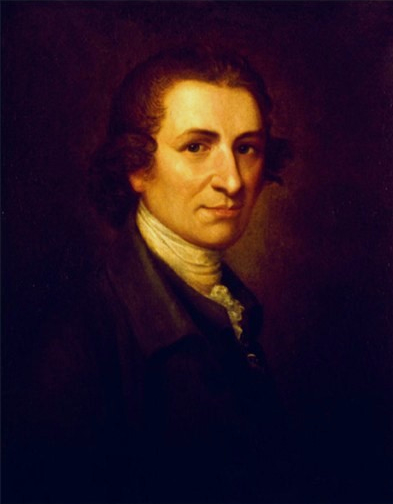






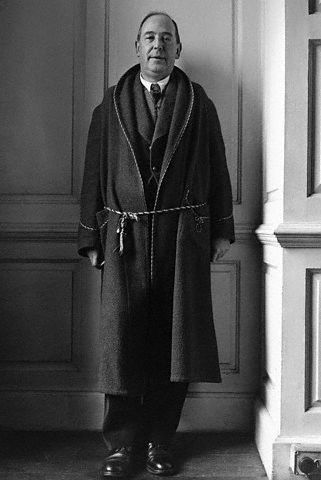



No comments:
Post a Comment